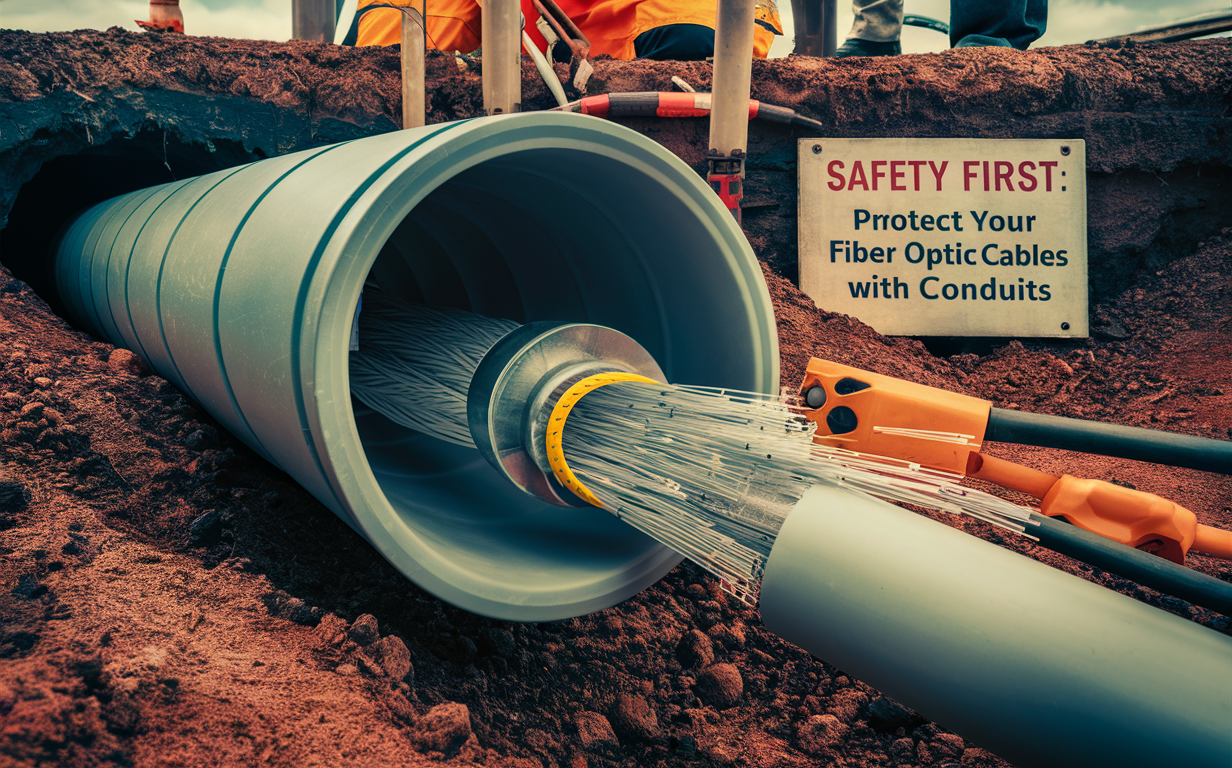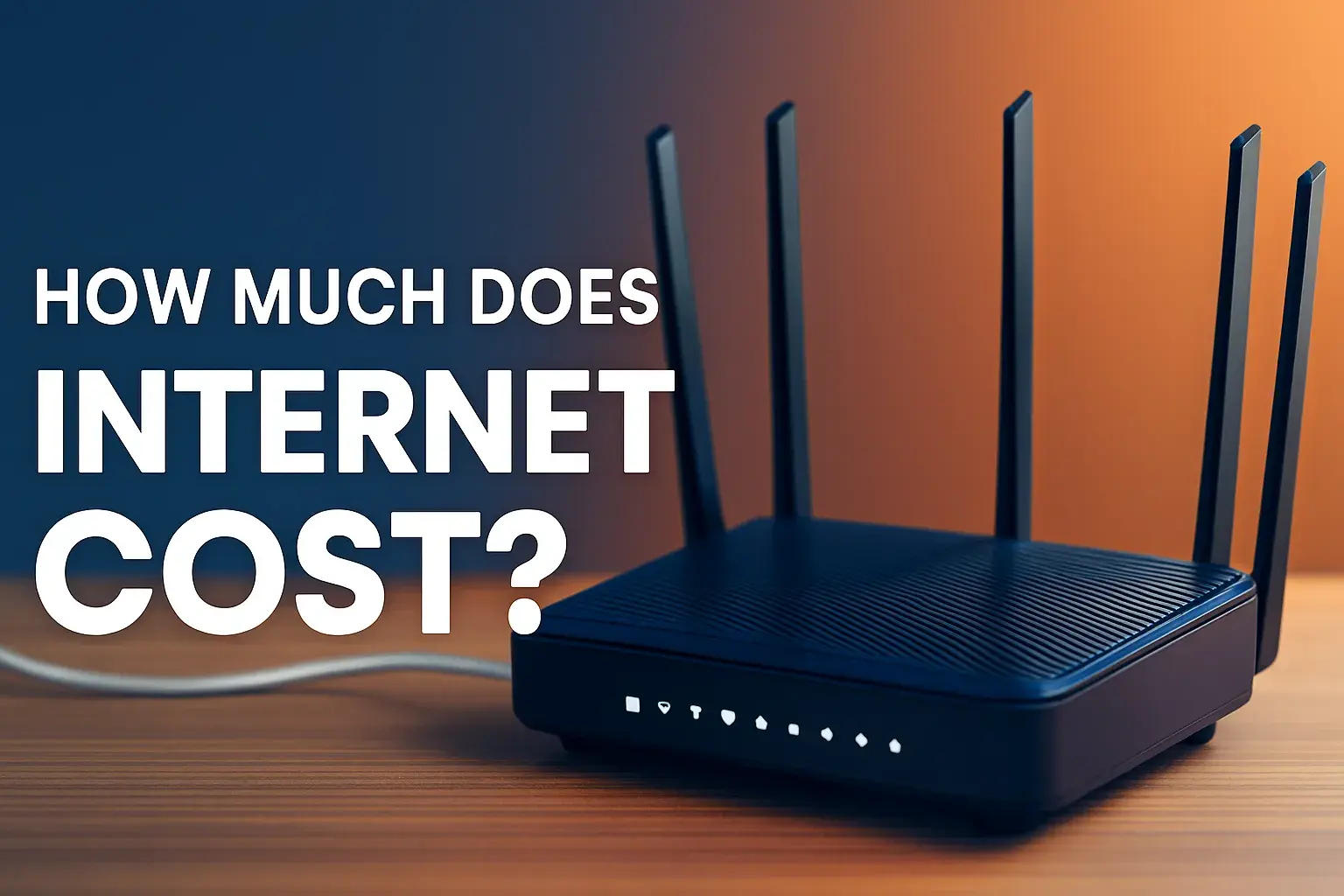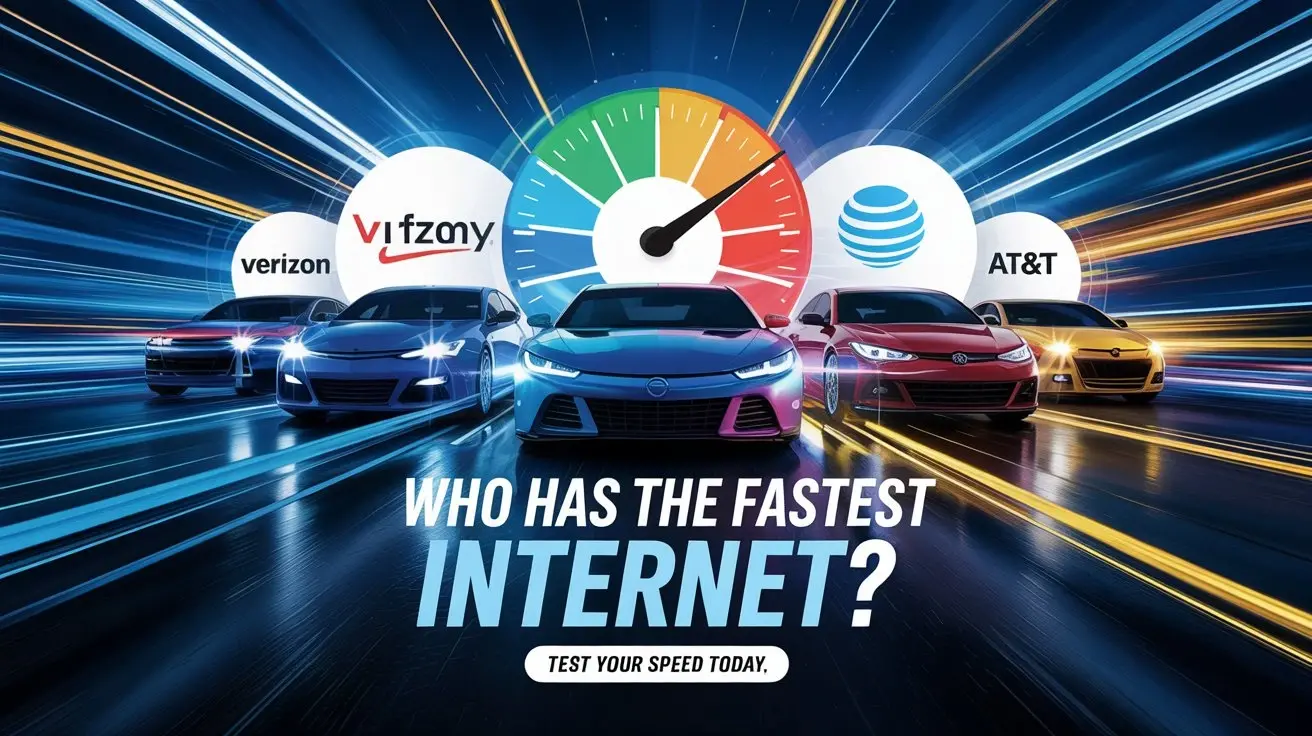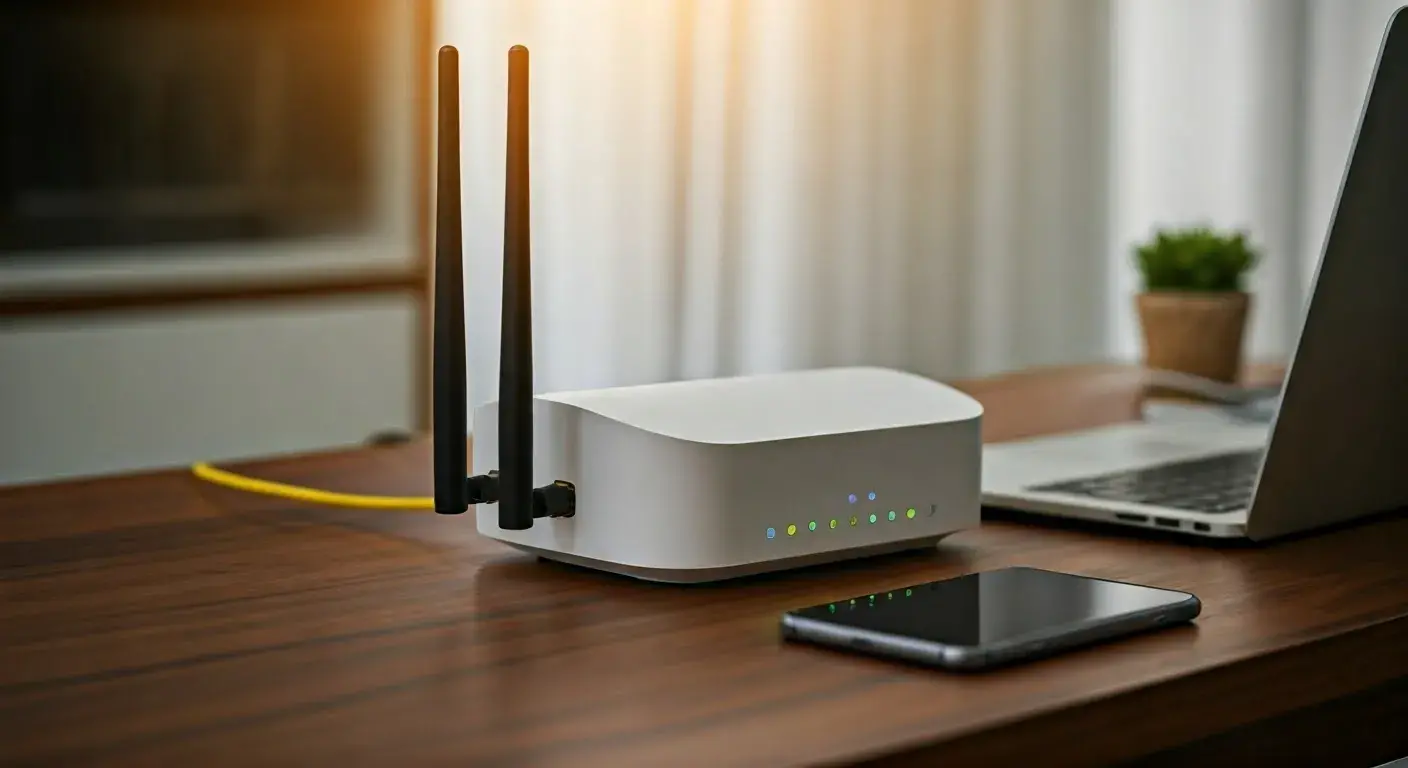Should fiber optic cable be buried in conduit?

Fiber optic cable now forms the main network backbone of most telecommunication systems because of its efficiency in transmitting massive data within a short time. However, it is imperative to install fiber cable adequately for it to work optimally as expected. An important decision-making factor to consider is whether or not to duct fiber optic cable directly or encase the cable in a conduit. Having outlined the two strategies, one can easily note some advantages and disadvantages of each of the approaches.
Advantages of Using Conduit for Buried Fiber Cable
Protection from Physical Damage
Another benefit of using the fiber optic cable in protective conduit is that it protects the breakable glass fibers from physical pressures in the ground. Directly buried cables are exposed to challenges such as rocks, roots, rodents, excavation, frost heaves, and many others. Conduit provides a channel and thus shields the cable that is laid inside it. This will help minimize the chances of a connection failure in the future.
Easier Cable Pulling
Quite a lot of effort, time, and a huge workforce is needed to install fiber optic cable through ducts for long distances. The tension-pulling force must be pulled to an acceptable level because the cables consist of small glass filaments. Direct burying is more cumbersome than pulling fiber through protective conduit, since there is approximately 40-70% less friction on the inner lining of the conduit walls. It also enables the utilization of smaller, lighter, and cheaper fiber cables that would otherwise prove quite hard to feed in.
Makes It Easy to Add or Replace Cables
Conduit is a system that provides a suitable solution to meet the current and future requirements of fiber optic cable infrastructure. New fiber lines can be installed to pass through empty conduits if the bandwidth is needed in the future, thus no new path needs to be trenched. Also, conduit makes the replacement of cables easier when an existing line has been damaged or requires changing to a line with a higher fiber count. This is because having dedicated underground pathways requires less cost, time, and disruption when it comes to changes or maintenance of the network.
Easier Route Mapping
Since conduit runs offer pre-determined paths for cables, documentation of the network and identification of buried fiber paths for future digging is easier. Utility marking is easier in terms of visibility as compared to cables that are merely buried in the ground. This can avoid accidental dig-ins that cut unmapped buried fiber lines taking a toll on service delivery to consumers.
Drawbacks of Conduit for Fiber Optic Cable
Higher Initial Cost
Although conduit offers life-cycle protection and management for fiber optics, the heavy-duty polyethylene pipe and installation technique are much more expensive than direct burial at the onset. The major cost factors include materials, the tough ground conditions characterized by rocky soil, conduit installation, sealing or pressurization, and last but not least, the fiber cable pulling. This high capital cost may not suit limited budgets.
Potential Water Infiltration
Although conduit encases and safeguards fiber optic cables from other influences in the external environment of the soil, it can also inadvertently admit water from rainfall or flood into the cable run. This means that water coming into contact with fiber can negatively affect data signals to a large extent. Hence, it is important to ensure proper sealing of the conduits and pressurization during the installation process and after the installation is complete to ensure that water is not allowed to penetrate the conduits. This is not as simple and requires additional processes and quality assurance checkpoints.
Space Constraints
This conduit pathway needs to have sufficient interior volume to avoid the tightly bent glass fiber inside cables during installation. Conduit overfilling poses a light loss from cable bending beyond the acceptable minimum radii, deteriorating the network. It also significantly increases the friction and tension required to pull cables through tight bends, making placement even more extreme.
Conclusion
Arguments can be made for and against the use of conduits for long-haul deployment of buried fiber optic cabling. Direct burial also eliminates the extra expense of conduits and the additional costs of installation that go with them. However, conduit offers better long-term dependability since it shields fiber from external physical damage risks. It also allows for easier future additions to the network or network repairs. Several aspects of a facility’s life cycle, costs, and cabling performance have to be taken into consideration to decide between the two mentioned approaches. Consequently, where protection and management are a priority for crucial telecommunication fiber infrastructure, the conduit is the preferred option even though it comes at a higher cost than the duct. Depending on the tolerance to risk and the amount of available cash, this choice can be made.
Hopefully, this overview provides some understanding of the various factors that should be considered when deciding whether conduit should encase buried fiber optic cabling. If you have any questions or need further information, please let me know.
Upgrade to faster, more reliable AT&T Fiber Internet today! Call us at +1 844-905-5002 and get connected with speeds that keep you ahead.





